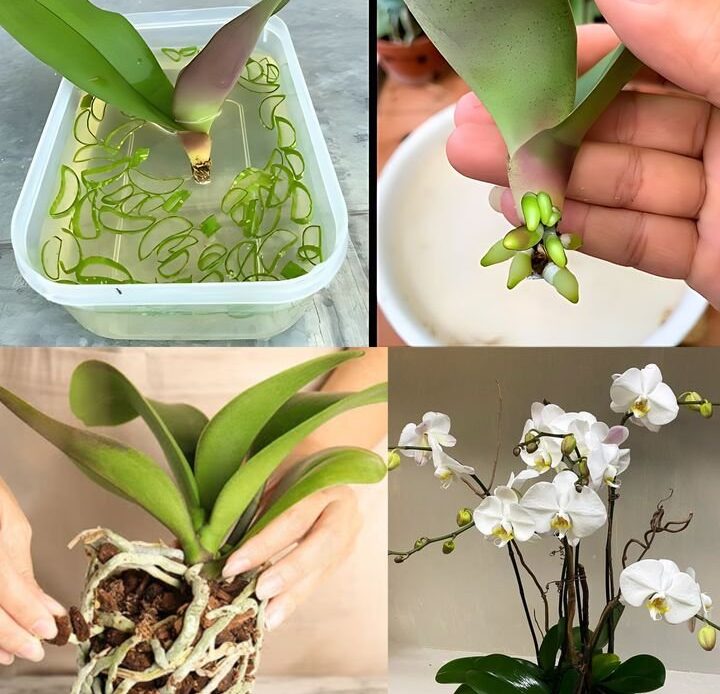Orchids are among the most stunning and elegant flowering plants in the world. With their vibrant colors, delicate petals, and captivating fragrance, they are often considered the ultimate statement of beauty in any garden or home. However, caring for orchids can be a challenge for many, even for seasoned gardeners. The good news is that with the right knowledge, anyone can grow and maintain healthy, thriving orchids.
In this article, we’ll reveal some secret care tips from a master orchid grower that will help you **grow perfect orchids** at home. From choosing the right variety to feeding, pruning, and managing pests, these **orchid care tips** will ensure your orchids bloom beautifully year after year.
### 1. Choose the Right Orchid 🌸
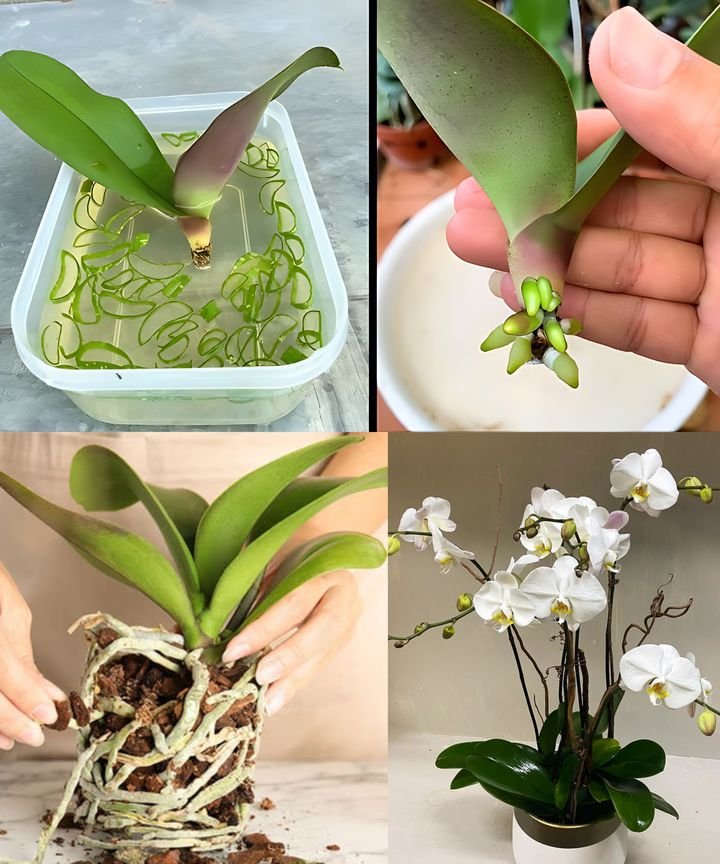
The first step to growing perfect orchids is choosing the right variety for your skill level and home environment. While orchids are generally easy to care for once you know their needs, some types are more beginner-friendly than others.
#### Best Orchid Varieties for Beginners
If you’re new to growing orchids, start with **Phalaenopsis orchids** (also known as **moth orchids**). These orchids are not only stunning, but they are also one of the easiest varieties to grow and care for. They thrive in low light and are quite forgiving when it comes to watering schedules.
Other beginner-friendly orchids include:
– **Cattleya orchids**: Known for their beautiful, fragrant flowers, these orchids are also easy to grow with proper care.
– **Dendrobium orchids**: These orchids are hardy and can tolerate a variety of conditions, making them a good choice for beginners.
#### Research the Specific Needs of Your Orchid Type
Each orchid species has its own specific needs, so it’s essential to **research** the variety you choose. While Phalaenopsis orchids enjoy low to medium light, other types like **Cattleya** and **Vanda** orchids thrive in **bright light**. Understanding these nuances ensures that you can provide the right care to encourage blooming and long-term growth.
### 2. Perfect the Potting Mix 🌱
The potting mix you choose is vital to your orchid’s health. Orchids are **epiphytes**, which means they grow naturally on trees, rocks, or other surfaces rather than in soil. Therefore, regular potting soil is not suitable for orchids, as it retains too much moisture and can lead to root rot.
#### Recommended Orchid Potting Mix
To create the perfect environment for your orchid’s roots, use a special **orchid mix** that’s designed to mimic its natural growing conditions. A typical orchid mix contains:
– **Bark**: Provides structure and aeration for the roots.
– **Perlite**: Improves drainage and prevents water retention.
– **Sphagnum moss**: Helps retain moisture while allowing airflow to the roots.
If you can’t find pre-mixed orchid soil, you can make your own by combining these components in the right ratios. Make sure the mix is well-draining to prevent your orchid’s roots from sitting in water, which can lead to fungal diseases and rot.
### 3. Potting and Repotting 🪴
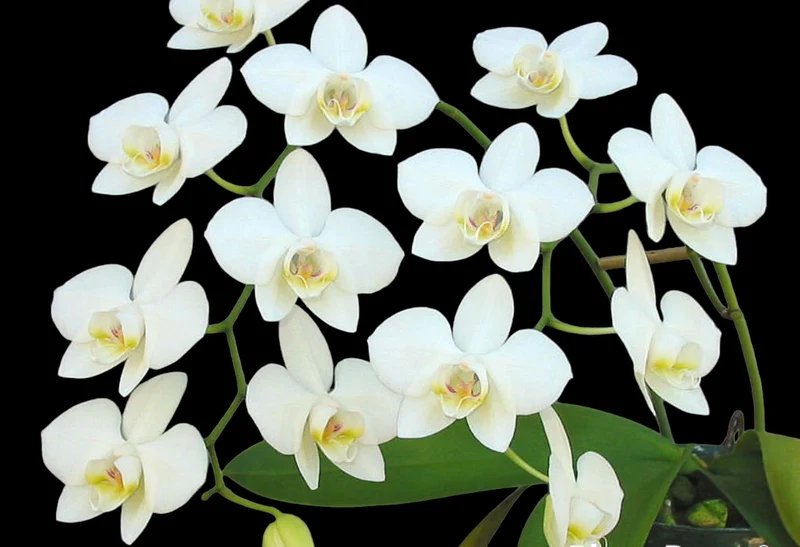
Orchids need to be repotted regularly to ensure their roots have room to grow and to refresh the potting mix. Orchids generally need to be repotted every **1-2 years**, and it’s best to do this **after flowering** when the plant is in a period of dormancy or rest.
#### Choosing the Right Pot
– **Drainage holes**: Orchids require pots with plenty of drainage holes to prevent waterlogging and root rot.
– **Size of the pot**: Choose a pot that is just **1-2 inches larger** in diameter than the current one. Orchids prefer to be a bit root-bound, so don’t overpot them.
#### Repotting Procedure:
– Gently remove the orchid from its old pot, being careful not to damage the roots.
– Trim any dead or damaged roots.
– Place the orchid in the new pot with fresh potting mix, ensuring the roots are spread out and not cramped.
– Water thoroughly to help settle the mix around the roots.
### 4. Water Wisely 💧
One of the most common mistakes made in orchid care is overwatering. Orchids don’t like sitting in waterlogged soil, which can lead to **root rot**. However, they do need to be watered regularly to thrive.
#### How to Water Orchids:
– **When to water**: Water when the **potting mix feels dry** to the touch, usually once a week. If the mix is still moist, wait a few days before watering again.
– **Watering method**: Use **room-temperature rainwater, distilled water**, or **dechlorinated tap water**. Tap water with chlorine and chemicals can harm the orchid, so it’s best to avoid it.
– **Watering technique**: Water thoroughly, allowing the water to drain freely from the bottom of the pot. Avoid letting the plant sit in water, as this can cause the roots to suffocate and rot.
#### Humidity and Watering:
Orchids require high humidity to thrive, ideally between **50-70%**. To maintain this, place your orchids on a **humidity tray** or **use a room humidifier**. Grouping plants together can also help increase the local humidity.
### 5. Maintain Humidity and Airflow 🌬️
In addition to watering, orchids also need the right humidity levels to grow well. Orchids are tropical plants, so they thrive in **moist, humid environments**. However, you also need to balance this humidity with proper airflow to avoid fungal infections.
#### How to Ensure Proper Humidity:
– **Humidity trays**: These are shallow trays filled with pebbles and water. Place your orchid pots on top of the pebbles, ensuring that the pot does not sit in the water. As the water evaporates, it raises the humidity around the plants.
– **Room humidifiers**: If you live in a dry climate, a **humidifier** can help maintain the necessary moisture levels for your orchids.
– **Proper airflow**: Use a fan in the room to ensure proper airflow, which will help prevent **fungal** and **bacterial issues**. Be careful not to place the fan directly on the plant, as it could dry out the leaves.
### 6. Provide Proper Light and Temperature ☀️
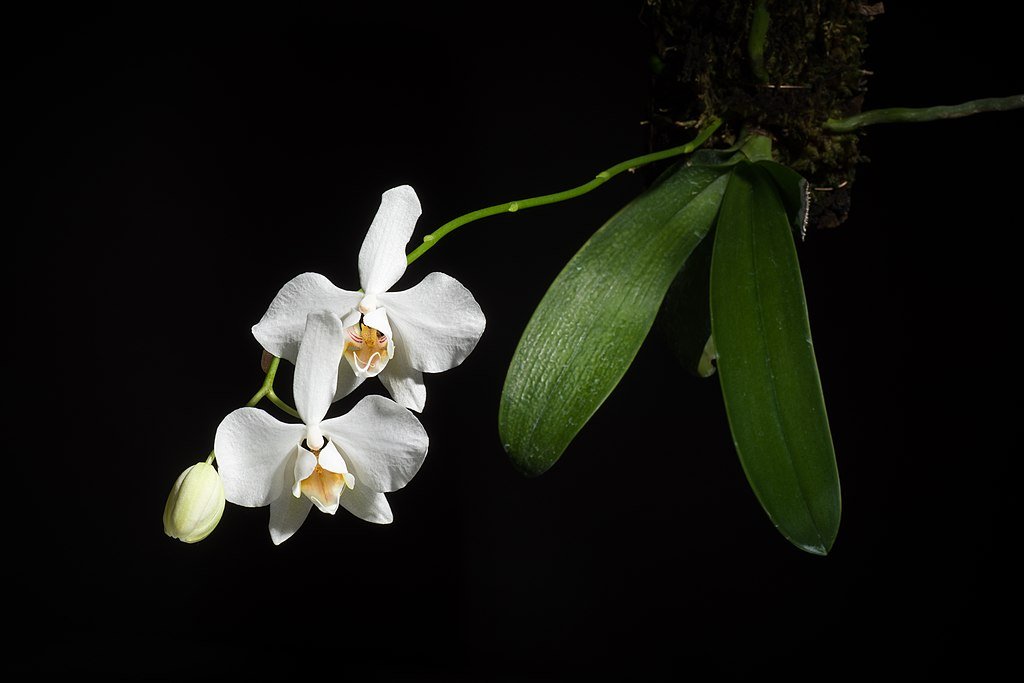
Orchids require **bright, indirect light** to thrive. Too much direct sunlight can scorch their delicate leaves, while too little light will prevent them from blooming.
#### Light Requirements:
– **Best location**: Place your orchids in a **north or east-facing window**, where they will receive bright but indirect sunlight. If the light is too harsh, use sheer curtains to diffuse the sunlight.
– **Artificial light**: If natural light is insufficient, you can use **grow lights** to supplement the light your orchids need. These lights should be left on for about 12-14 hours a day.
#### Temperature:
– **Daytime**: Orchids thrive in temperatures between **65-75°F (18-24°C)**.
– **Nighttime**: At night, the temperature should drop to around **55-65°F (13-18°C)**. Orchids need this cool-down period to trigger blooming.
### 7. Feed and Fertilize 🌱
Proper fertilization is essential for healthy orchid growth. Orchids are heavy feeders, especially during the growing season, so providing the right nutrients will encourage strong roots, vibrant leaves, and beautiful blooms.
#### Fertilizing Schedule:
– **Spring and Summer**: Fertilize every **two weeks** with a **balanced 20-20-20 orchid fertilizer** diluted to **half strength**. During the growing season, orchids need regular feeding to support their growth.
– **Fall and Winter**: Reduce fertilization to once a month during the cooler months when the plant is in a resting phase.
#### Flushing the Soil:
Occasionally, flush the soil with **plain water** to remove any buildup of salts or fertilizer residues. This helps maintain healthy roots and prevent nutrient imbalances.
### 8. Prune and Maintain ✂️
Pruning your orchid is an essential part of care that helps keep the plant healthy and encourages future blooms. Orchids don’t need frequent pruning, but it’s important to remove spent blooms and damaged parts.
#### Pruning Tips:
– **Dead flowers**: Once the flowers have faded, prune the flower spike by cutting it above the **node** (a small bump on the spike). If the spike turns brown, cut it all the way back to the base.
– **Dust leaves**: Orchids can collect dust on their leaves, which can obstruct their ability to photosynthesize. Wipe the leaves gently with a damp cloth to keep them clean.
– **Pest control**: Regularly inspect your orchids for pests such as **mealybugs**, **scale**, and **spider mites**. Treat infestations promptly with **insecticidal soap** or **neem oil**.
### 9. Manage Pests 🐞
Pests are a common issue for orchids, but with regular monitoring, they can be kept under control. Some common orchid pests include **mealybugs**, **spider mites**, and **aphids**.
#### Pest Prevention:
– **Inspect regularly**: Check your orchids frequently for signs of pests, especially on the leaves and stems.
– **Neem oil**: Use **neem oil** or **insecticidal soap** to treat pests naturally without harming your plant.
– **Isolate new plants**: If you buy a new orchid, keep it isolated for a few weeks to ensure it’s not carrying pests before introducing it to your other plants.
### 10. Observe and Be Patient 🕰️
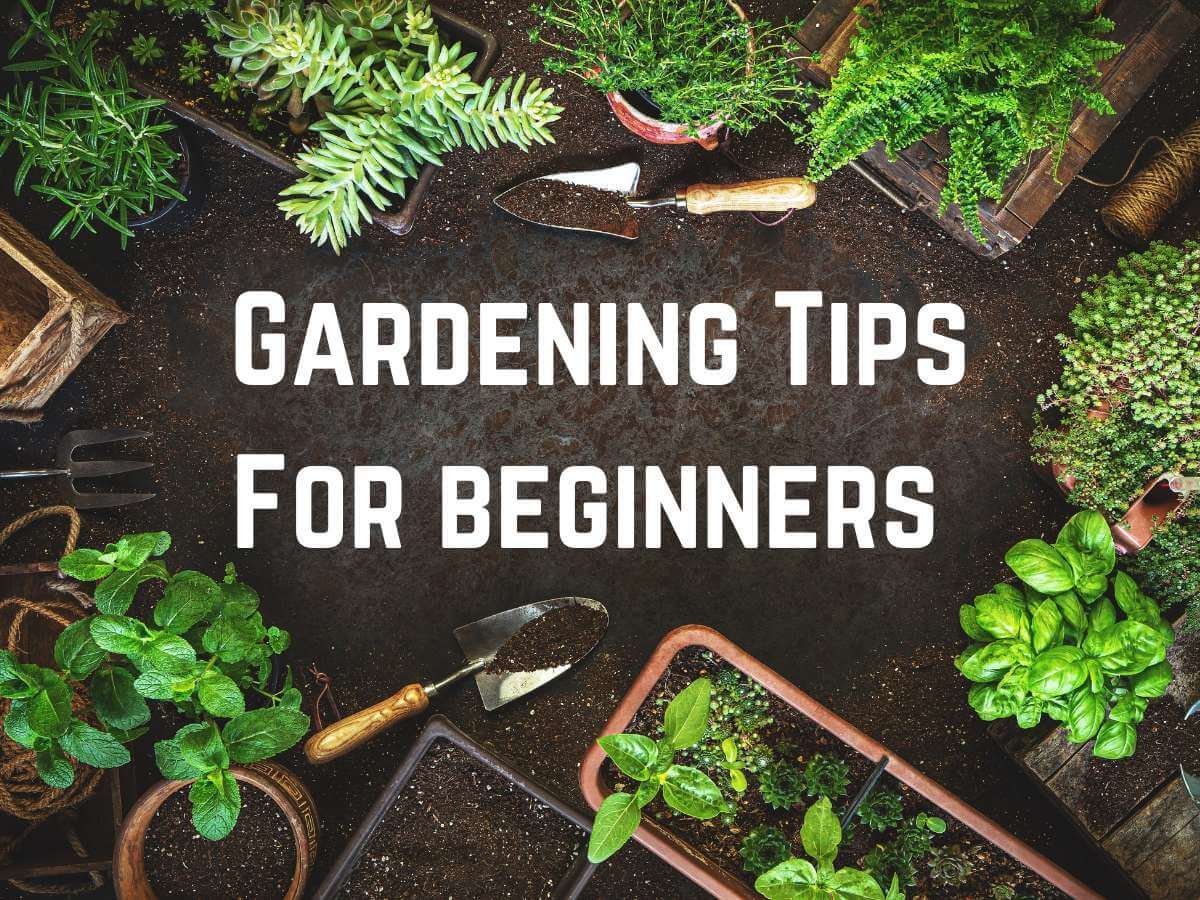
Growing orchids takes time, and while they can be quite resilient, they need the right care and patience to thrive. Monitor your orchid’s growth and make adjustments to its care as needed. Over time, your orchid will reward you with beautiful blooms and lush foliage.
#### Key Signs to Monitor:
– **Leaf color**: Yellowing leaves can indicate overwatering, poor lighting, or nutrient deficiencies.
– **Root health**: Healthy roots should be **firm and white**. Brown or mushy roots could signal overwatering or root rot.
– **Flower production**: Orchids bloom once a year, so don’t be discouraged if you don’t see flowers immediately. With proper care, your orchid will bloom again when the conditions are right.
### Conclusion: Perfect Orchids are Within Reach 🌸
Caring for orchids is an incredibly rewarding experience. By following these expert tips and giving your orchids the right amount of attention, you can create a thriving plant that will reward you with stunning blooms year after year. Remember to choose the right variety, provide proper watering, light, and humidity, and always monitor your plants for signs of issues.
So, what are you waiting for? Start your orchid-growing journey today and transform your home into a garden of beauty and elegance 🌿🌸
